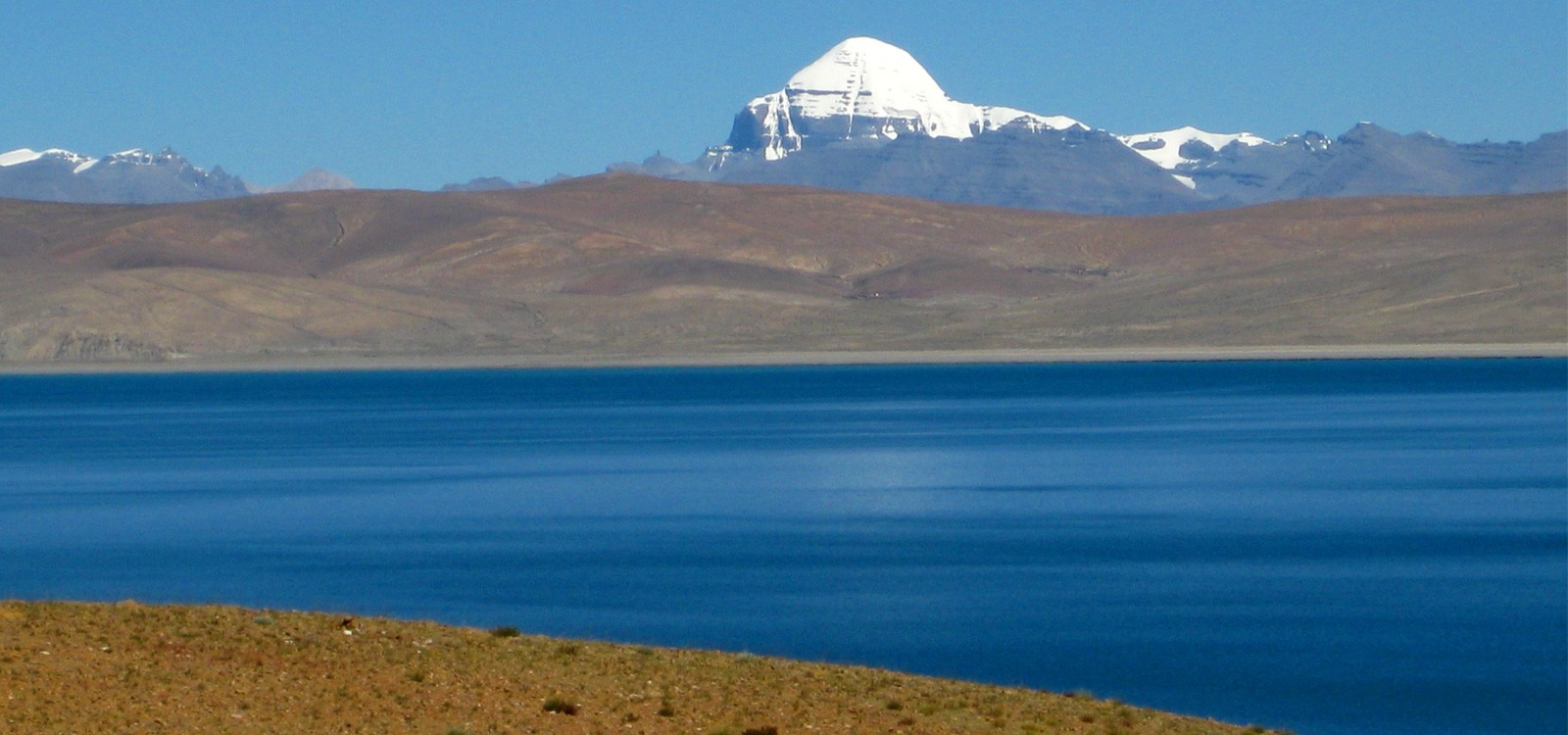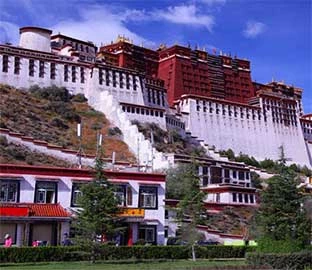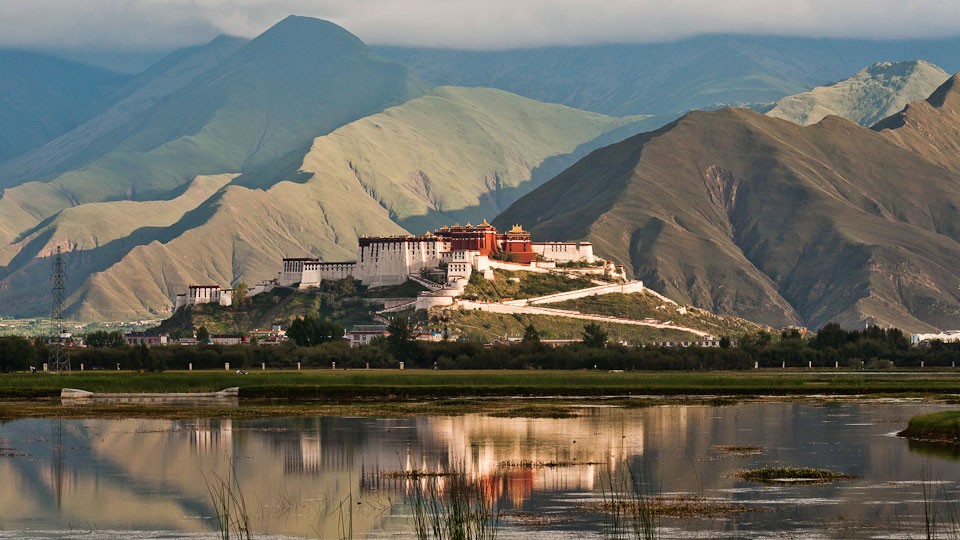Tibet is a most unusual and beautiful place, surrounded by mountain ranges on three sides, the majority of its land rests above 4000 meters (13000 feet) - the awe-inspiring Himalayas stretching out across the seemingly never-ending Tibetan Plateau. It is a place for rugged adventurers, as well as spiritual wanderers.
Traveling through Tibet is like traveling back in time to a land of secrets and mysticism. Nomads remain much the same as they did over a hundred years ago; roaming the plateau from winter and summer camps, living subsistence lives from their yak herds. Then there is spiritual Tibet and its many monasteries trying to find a place in the 21st Century the Tibetan people and their religion have been inseparable across the ages.
Even in their earliest myths and legends, one finds references to Tibetan religious beliefs. Initially, the Bon religion dominated Tibet. After the introduction of Buddhist statues and later Sanskrit documents from India, Buddhism crept increasingly into Tibetan culture. Today's Tibetan Buddhism culminates some early Bon beliefs, Indian Buddhist texts, and several great Lamas.
Buddhism and politics had been interwoven since King Songsten Gampo married a Chinese and a Nepali princess, who were both integral in the emergence of Buddhism. It was the fifth Dalai Lama who actually built the Potala Palace as the government seat and religious center, where a theocracy prevailed until 1951.
After centuries of virtual isolation, Tibet is cautiously opening up to the Western world. Officially, China has only opened its doors to travelers these past few years. A visit to Tibet is an incredible experience, although not for the faint-hearted.
Traveling is difficult and unpredictable; the infrastructure is almost non-existent and therefore turns a regular tour into something of an adventure. Traveling in Tibet is not your average trip but an experience of a lifetime, Join us to discover “the true spirit of the Himalayas”






